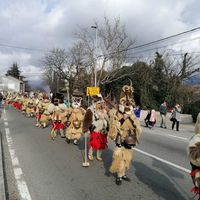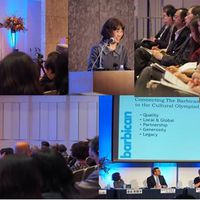Arts in the Aftermath of #Tokyo2020
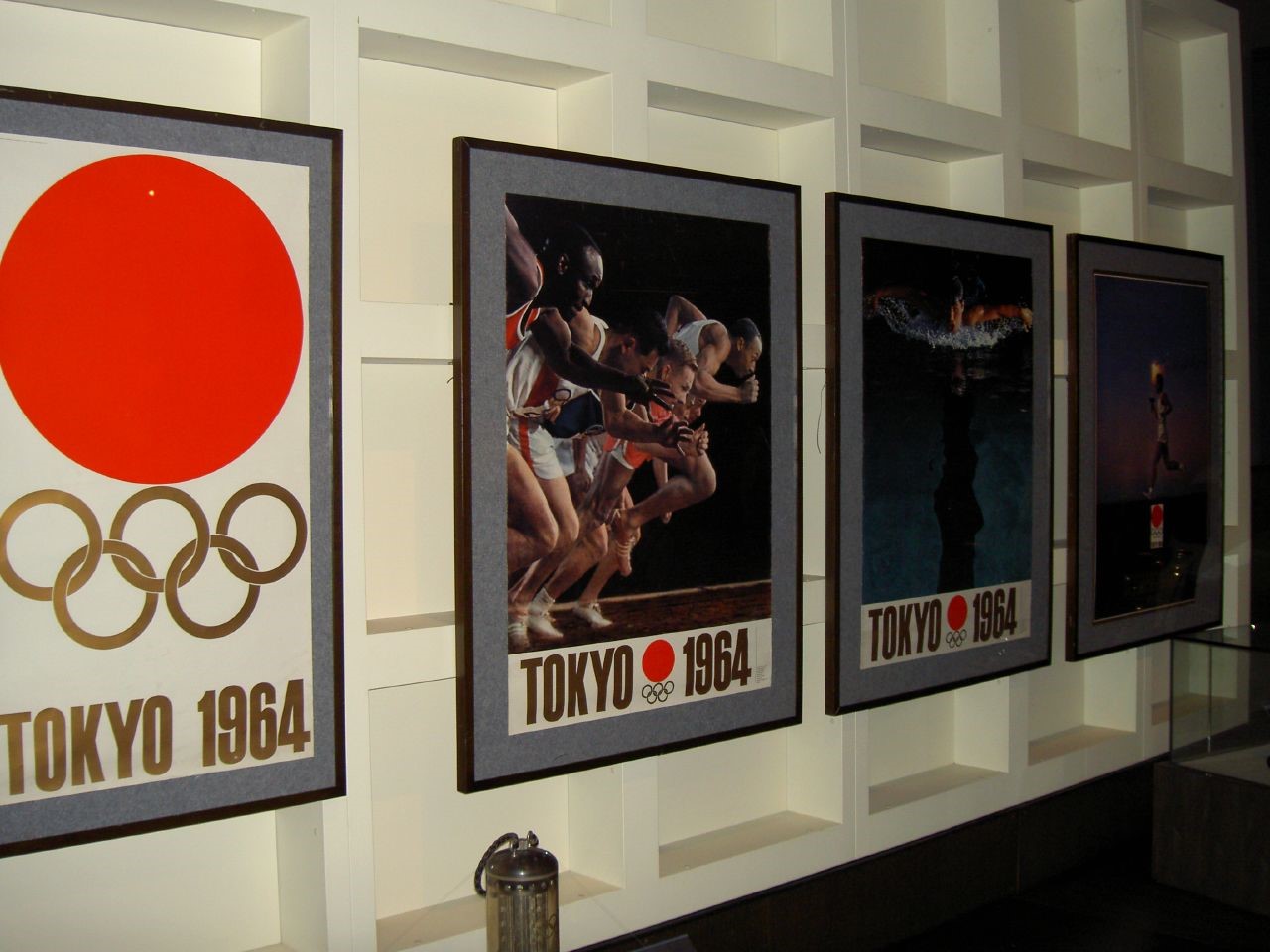
The photo by Phil Kates, is licensed under CC BY-SA 2.0
The Olympic Games are undoubtedly the most ambitiously celebrated sports festivals of our time. While countries bid to host the Games with great fervour despite the involvement of a huge investment in infrastructure, it is also believed that this investment leads to a great economic ripple effect.
It comes as no surprise, therefore, that there is a strong boost economically and politically, following the bidding activities by Japan for the Tokyo Olympic Games 2020, which will also mark Japan’s second term as a host country.
During Japan’s first term as the Olympic host in the year of 1964, a huge holding cost was allocated to the Games, as a symbol of Japan's post-war reconstruction. The total budget amounted to a staggering 3.1% of the GDP at the time. Following the great expansion of Japan’s economy over the years, a total of 0.6% of the country’s GDP has now been allocated to host the Olympic Games in 2020, which has led to huge public investment.
While creative organisations across the country are celebrating this sudden interest, the critics aren’t too pleased due to the past experiences. Although the economy was temporarily activated due to the huge infrastructure investments the last time, it peaked towards the end of the Olympic Games, and Japan fell into recession. According to the fiscal policy of the nation, the economic stimulation alone shows only a transient achievement.
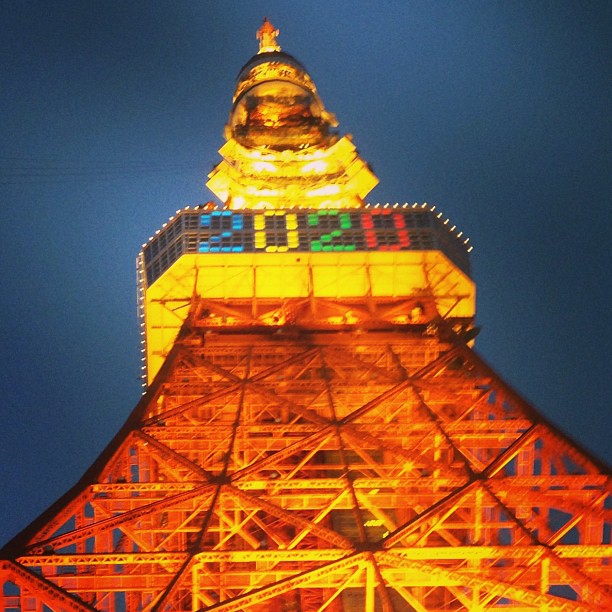
This photo by shinji_w is licensed under CC BY 2.0
On the other hand, various cultural and artistic efforts were developed both in London and in Rio, in the lead to the Olympic Games and they did indeed seem to have achieved positive results. Following their success, a similar approach has been followed by Tokyo, and many programs are currently being planned by the Tokyo Metropolitan Government and the Government of Japan.
The Yokohama edition of ASEF-Unplugged, that was held on 12 February 2019, attempted to discuss whether these efforts will be sustainable beyond 2020, and if so, what their legacy and heritage will be.
Here, I would like to introduce the example of the New Deal policy that the Federal Government of the United States introduced, to address the Great Depression of 1929. As a fiscal policy aimed at reviving the plummeting economy, public investment was made not only in social capital development but also in artistic and cultural policy, spreading boldly, a cultural capital improvement. It is a little-known fact that this policy was one of the things that led to the rise of the United States, after the war.
Initially, the public works that the federal government deployed for the economic boom, proved ineffective. The country continued to experience economic shock; and the gravity of unemployment continued until 1935. The decision that President Roosevelt made then, was to make a direct investment in the art and culture of the nation. This policy was inventive for a number of reasons- it was not simply a medium to issue grants, but one to carry out large-scale employment initiatives in the field of arts. This came to be known as the Second New Deal policy, which was launched in 1935.
Specifically, work progress administration was established by the Federal Government, and various cultural projects were carried out, as follows:
Federal Art project
- 5,330 artists were hired
- 2,500 public art pieces, 10,800 paintings and 18,000 sculptures were produced
Federal Music Project
- 16,000 musicians were hired
- 5,500 songs were composed by 1,500 composers
- 5,000 concerts were held each week
- The concerts gathered 3,000,000 audience in total.
- Music classes were held for 132,000 citizens
Federal Theater Project
- 12,700 people were hired in theatres
- 1,000 performances were staged each month
- 1,000,000 spectators watched the performances
- 1,200 new works were created
Federal Writer’s Project
- 6,686 authors were employed, and many works were created
Another significant example I would like to introduce is an initiative that has had a great influence on the artistic and cultural activities of the modern world in the last few of decades. I refer to the European Capital of Culture (ECoC) initiative, which was established in 1985 with the support of the European Commission. At first, the Member States of the EU responded to the call by the European Commission with limited enthusiasm, despite the Commission’s constant efforts towards the promotion of European integration in politics and economics. However, as globalisation rapidly progressed in the field of art and culture, ECoC became a flagship project of success and Member States soon began to capitalise on this opportunity. The initiative is now gathering artists from more than 100 countries around the world and has developed, from a European initiative, to a widely global project.
Much like the ECoC cities, Tokyo too is expected to witness a drop in the huge public investment towards the arts by the end of the Olympic Games in 2020. An important factor to consider is the fact that Japan is home to the world's most aging society, and the social welfare budget of the country is naturally expanding. In such a scenario, where the government’s expenditure far surpasses revenues, there seems to be little room for any support towards arts and culture in the future. Nevertheless, individuals and private foundations have enough potential capacity to support Japan's arts and culture for years to come.
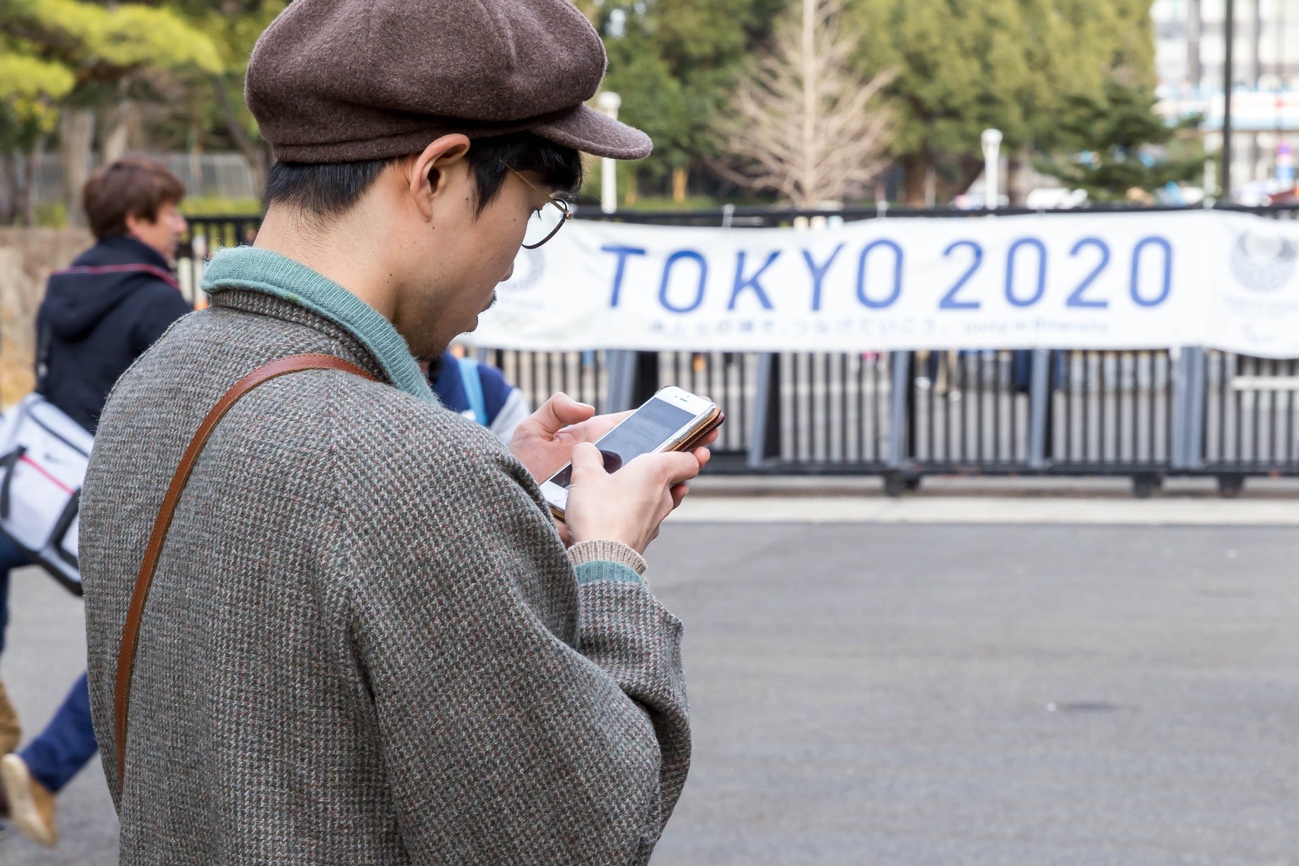
The photo by Marco Verch is licensed under CC BY 2.0
Arts and culture are not prosperous only when the state supports them, but more so when each individual makes it his or her duty to contribute towards them. Arts and culture do not exist for the nation, but they exist to enrich the spirit of each citizen. It is hence, the social and civic responsibility of the citizens of Japan that is being measured now. The contribution of the society towards arts and culture is the driving force that will protect and support the cultural Olympic heritage of not just Tokyo, but the entire nation, and that is what the Government of Japan is working towards, leading up to 2020.
-------------------------------
This article is published as a post-event article to ASEF Unplugged - Yokohama, titled 'Beyond #Tokyo2020: What is the way forward for Japan's cultural cooperation?'
ASEF Unplugged is a new event series of the Asia-Europe Foundation focusing on informal peer-to-peer conversations on arts, culture and heritage. It responds to the growing demand from conference audiences for more interactive formats that allow for greater engagement of participants beyond being mere receivers of information.
ASEF is publicly funded by over 50 partner countries of the Asia-Europe Meeting (ASEM), an informal political dialogue process. Japan is an ASEM partner country.
Written by: Shuji Kogi, Secretary General, EU-Japan Fest Japan Committee
Edited by: Pravali Vangeti
About the author:
Shuji Kogi has served as Secretary General of EU-Japan Fest Japan Committee since 1992. As Secretary General, he has organised EU-Japan Fest in European Capitals of Culture (ECoC) in 42 cities in 27 countries.
Similar content
07 Feb 2019
03 Dec 2018
deadline
31 Aug 2019
posted on
18 Feb 2020
deadline
31 Dec 2023


